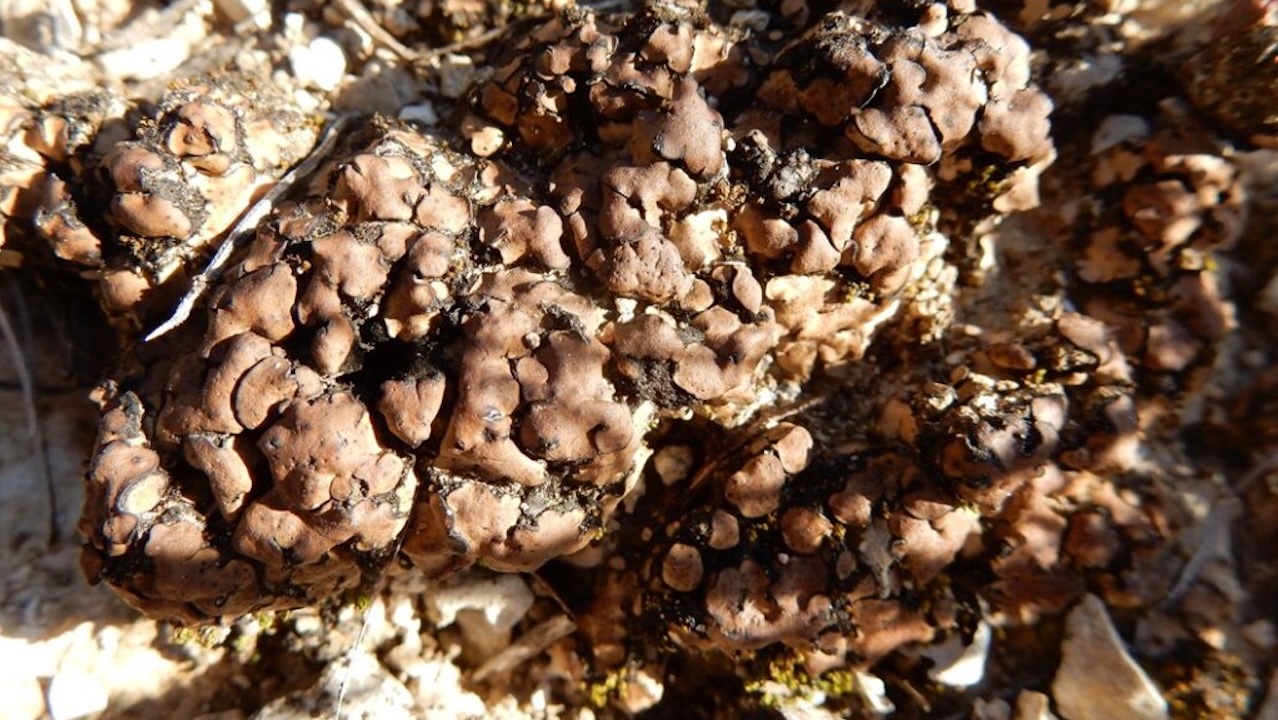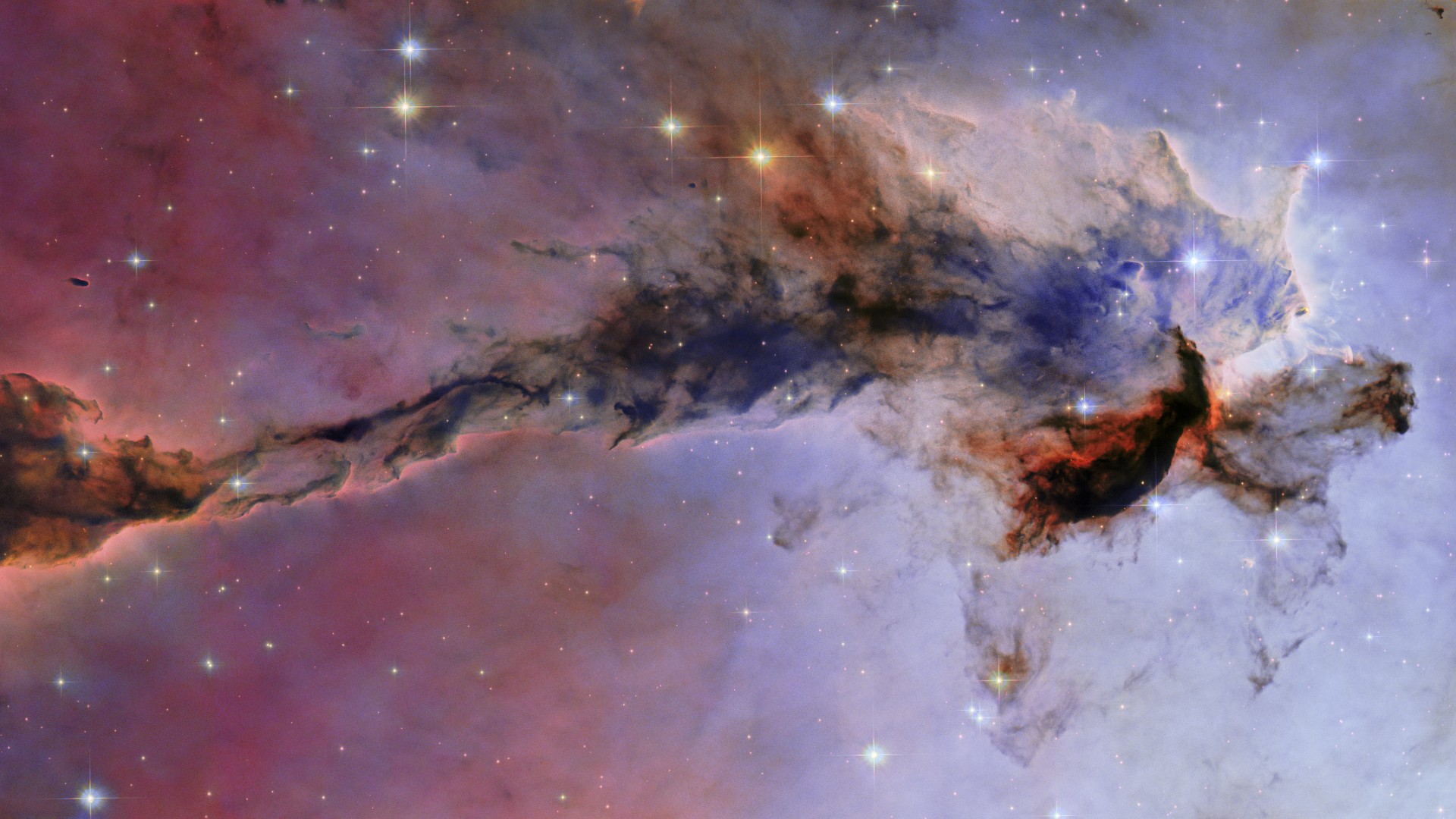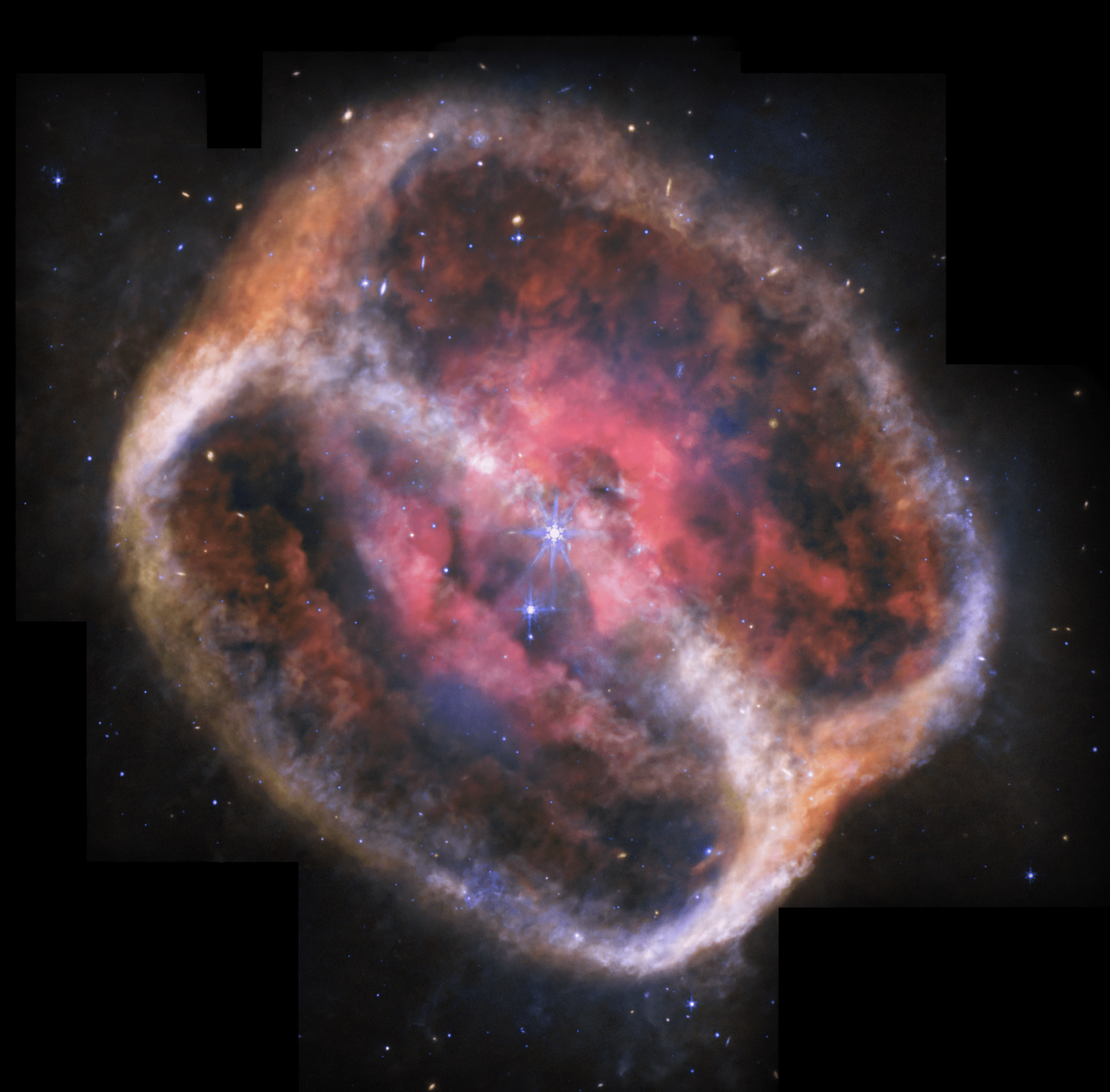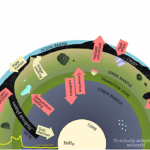3 min read Preparations for Next Moonwalk Simulations Underway (and Underwater) NASA’s annual Student Launch challenge will bring middle school, high school, and college students from around the country together to launch
Hot Posts165- Page
Clavascidium lacinulatum, or brown stipplescale lichen, is a common sight in the Mojave Desert – credit: Bob O’Kennan via iNaturalist Lichen from the Mojave Desert can survive, and replicate, under
Matthew Anderson gives remarks to introduce Jared Isaacman during the 2024 Space Force Association’s Spacepower Conference in Orlando, Florida. Image: Will Robinson-Smith/Spaceflight Now Matthew Anderson, the chief growth officer for
A breathtaking new image of the famous Eagle Nebula captures a towering pillar of gas and dust sculpted by intense stellar radiation. The Eagle Nebula, also known as Messier 16,
A.I.-generated view of a solar eclipse above a spruce forest — Grok via Astrobiology.com Editor’s note: In the “Avatar” film series the interconnectedness of trees and other life forms is
6 min read Preparations for Next Moonwalk Simulations Underway (and Underwater) NASA’s SPHEREx mission is observing the entire sky in 102 infrared colors, or wavelengths of light not visible to
NASA’s James Webb Space Telescope has taken the most detailed image of planetary nebula NGC 1514 to date thanks to its unique mid-infrared observations. Webb shows its rings as intricate
Wraith (The Convergence War Book 1) is a captivating science fiction adventure that draws readers into a universe teetering on the brink of chaos. Priced at $17.46, this exhilarating tale
Network for Ocean Worlds (NOW) Ocean Worlds Exploration and the Search For LifeAuthors: NOW Co-Leads & Steering Committee Preamble Ocean Worlds in the outer Solar System, with liquid water oceans
The Orion Crew Module, also known as the Orion Environmental Test Article (ETA), underwent a jettison test of its forward bay cover at NASA’s Neil Armstrong Test Facility in Sandusky,
-
 012024 in Review: Highlights from NASA in Silicon Valley
012024 in Review: Highlights from NASA in Silicon Valley -
 02Panasonic Leica Summilux DG 15mm f/1.7 ASPH review
02Panasonic Leica Summilux DG 15mm f/1.7 ASPH review -
 03From Polymerization-Enabled Folding and Assembly to Chemical Evolution: Key Processes for Emergence of Functional Polymers in the Origin of Life
03From Polymerization-Enabled Folding and Assembly to Chemical Evolution: Key Processes for Emergence of Functional Polymers in the Origin of Life -
 04How New NASA, India Earth Satellite NISAR Will See Earth
04How New NASA, India Earth Satellite NISAR Will See Earth -
 05And Thus Begins A New Year For Life On Earth
05And Thus Begins A New Year For Life On Earth -
 06Astronomy Activation Ambassadors: A New Era
06Astronomy Activation Ambassadors: A New Era -
07SpaceX launch surge helps set new global launch record in 2024














